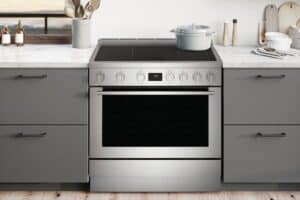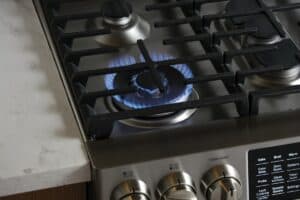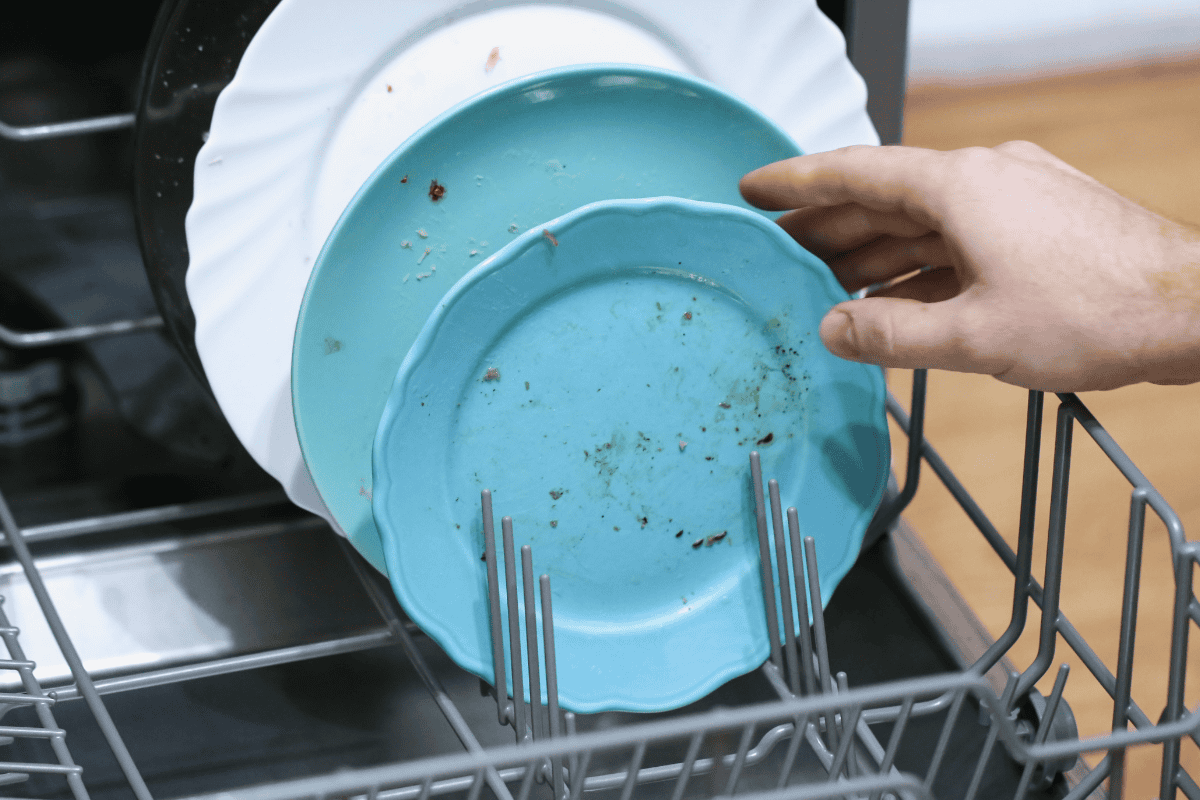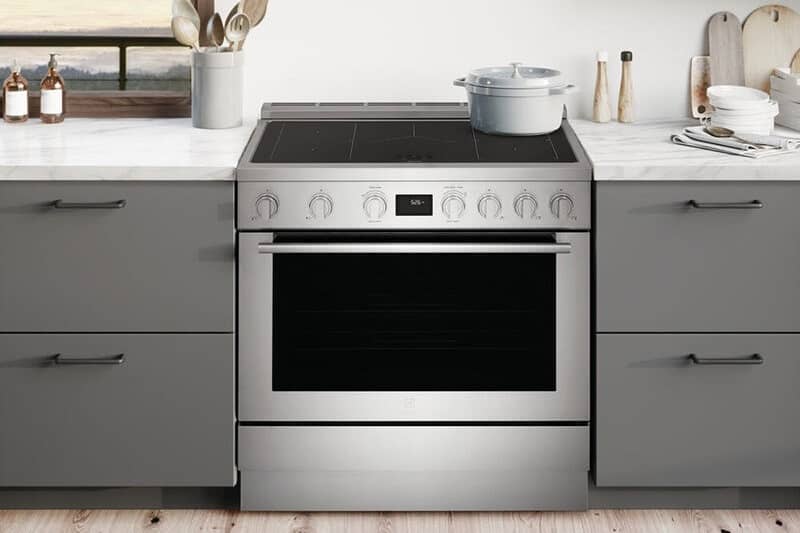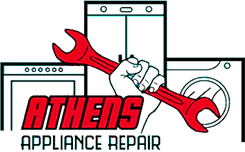If your oven looks a bit more like a science experiment than a cooking appliance, don’t worry – you’re not alone. Ovens are one of the most commonly dirty appliances in the home, and they can be tough to clean. Wondering how to clean your oven?
How To Clean Your Oven Safely, Naturally, and Quickly
In this blog post, we will discuss how to clean your oven using natural ingredients safely and how to clean your oven if you’re in a hurry. We’ll also cover the dangers of using the self-cleaning feature on an oven and explain why it’s best avoided. First, let’s learn some basics on how to clean your oven.
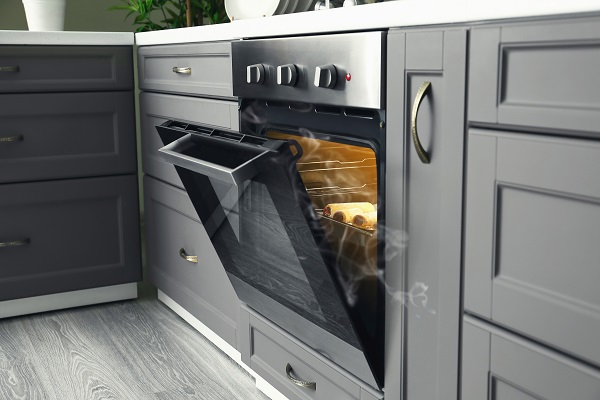
How Does a Self-Cleaning Oven Work?
The self-cleaning feature on an oven uses extreme heat – usually between 800 and 900 degrees Fahrenheit – to burn off any food or grease on the oven walls. While this may sound like a quick and easy way to clean your oven, there are several dangers associated with using the self-cleaning feature.
Is it Safe to Use Self-Clean Oven Feature?
Are you wondering, “Should I use the self-cleaning oven feature?” There are several dangers associated with using the self-cleaning feature on an oven. Self-cleaning oven dangers include:
- Damaged oven door lock – The self-cleaning feature on an oven can damage the oven door lock. The extreme heat can cause the lock to melt or warp, preventing the door from closing properly. This can create a fire hazard and allow heat and fumes to escape from the oven.
- Thermostat malfunction – The self-cleaning oven cycle can cause a thermostat to malfunction, and the extreme heat can cause the thermostat to break or stop working properly.
- Electronic board failure – The self-cleaning oven feature can cause the electronic board to fail, and extreme heat can damage an electronic board and render it inoperable.
- Damage to wires and contact terminals – The self-cleaning oven cycle can cause damage to the oven wires and contact terminals. The extreme heat can make the wires melt or break and destroy the contact terminals.
- Broken bake elements – The self-cleaning oven damage can include the oven bake elements. The high temperatures can cause the bake elements to break or fail, requiring repair and replacement.
Is it safe to use a self-clean oven? The self-cleaning feature can create a fire hazard, and the high temperatures can release toxic fumes. For these reasons, we do not recommend using the self-cleaning feature on your oven.
If you decide to use the self-cleaning oven feature, avoid running it before a holiday or big event. Because of the likelihood of possible self-cleaning oven damages, you’ll want to have plenty of time to contact a professional for oven repair.
What is the Best Way To Clean the Inside of an Oven?
The best way to clean the inside of your oven is with a natural DIY cleaner. There are a variety of oven cleaners on the market, along with natural recipes and options, but we have found that a simple solution of vinegar and baking soda works the best.
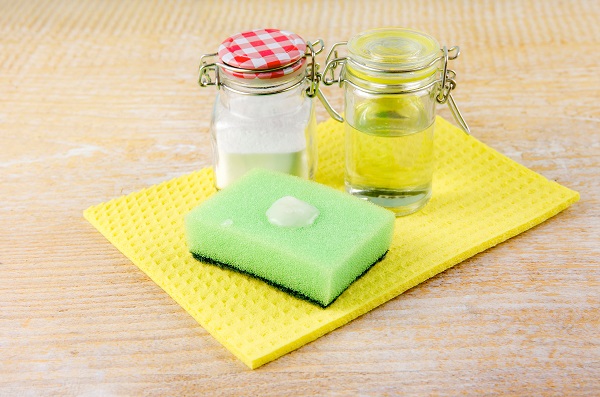
How Do You Clean an Oven Quickly?
If you’re in a hurry, you can clean your oven quickly with our DIY oven cleaner recipe. This natural cleaner is made with vinegar and baking soda, and it’s safe to use on all types of ovens. Our vinegar and baking soda method is safer and faster than many other oven cleaners.
What is the Best Homemade Oven Cleaner?
There are several oven cleaners that you can purchase, as well as natural recipes and options. However, we have found that a simple solution of vinegar and baking soda works the best. This cleaner is safe for a variety of ovens, very affordable, and fast.
To make this natural oven cleaner, you will need:
- Vinegar
- Baking soda
- Water
- Spray bottle
- Sponge or cleaning cloth
Directions:
Combine equal parts vinegar and water in a bowl. Then, add baking soda to the mixture until it forms a paste. Next, apply the paste to the inside of your oven and let it sit for 30 minutes. Let the paste sit and dry overnight if your oven is extra dirty. Then, use a damp cloth to wipe away the dried paste the next day. Using a spray bottle or cloth to apply, clean up any remaining paste using vinegar to wipe away. Finally, use a dampened cloth in water to wipe down the oven’s interior. Allow your oven to dry before using.
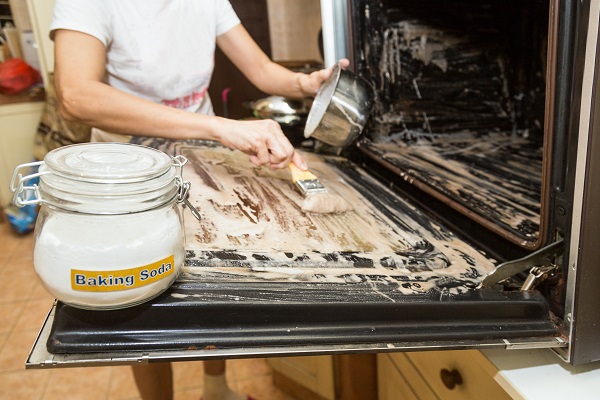
Key Takeaways on How To Clean Your Oven:
- Cleaning your oven is important, but using the self-cleaning feature can be dangerous.
- There are several ways to clean your oven, but we recommend using a natural DIY cleaner made with vinegar and baking soda.
- If you’re in a hurry, our vinegar and baking soda method is a fast and safe way to clean your oven quickly.
- Homemade cleaners are not only affordable but also effective in cleaning your oven. You can make a natural oven cleaner with ingredients like vinegar, baking soda, and water.
- Always follow the directions when cleaning your oven, and allow the interior to dry completely before using it again.
If you need oven repair, we recommend contacting Athens Appliance Repair. They are a professional and experienced team of oven repair experts who can help you get your oven up and running again in no time.


